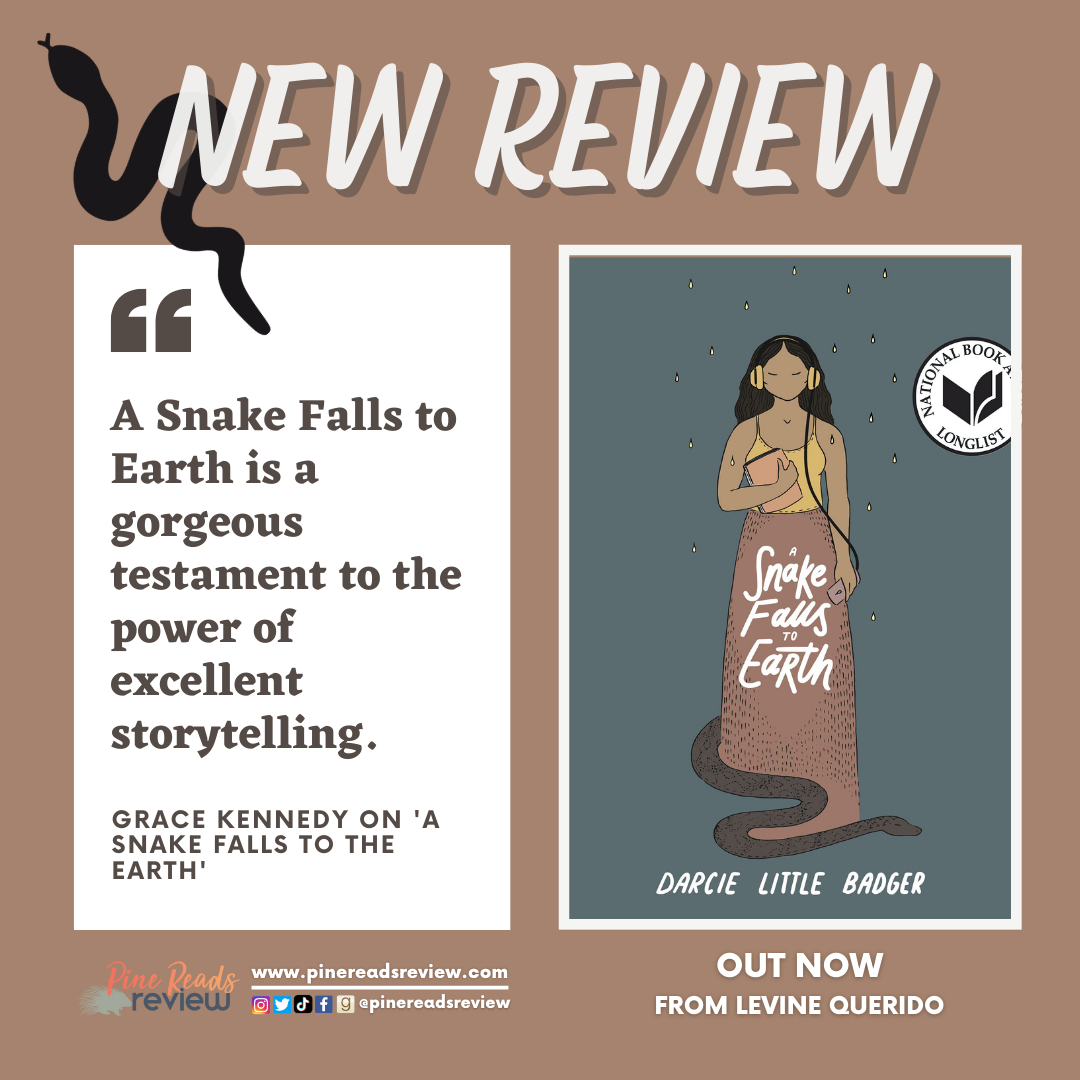

On a smaller scale, we follow along as Nina struggles to translate her Great-Great Grandmother Rosita’s final story, told in a language nearly lost over generations of colonization and oppression.Īt first, Nina turns to Western science to solve the problem of what is happening to Ami, and to computers and technology to untangle Rosita’s language barrier, but she eventually learns that her Indigenous traditions hold the keys to both. The book is set in the near future, with advanced digital technology and an ever-worsening climate crisis causing too-frequent hurricanes and other devastating extreme weather disasters. Little Badger interrogates how Nina’s Lipan Apache family contends with the environmental and cultural consequences of colonialism. Saving Ami and Nina’s Grandmother will take hard work and dedication from everyone, human and animal person alike. When Ami falls ill, Oli and his friends realize the only way to help him lies in the human world. Nina deals with a sketchy new neighbor who is harassing her Grandmother while working to figure out what is causing her Grandmother’s mysterious illness at the same time Oli is trying to avoid a frightening monster. He befriends a silent but amiable toad called Ami, an observant hawk named Brightest, and two very energetic coyote sisters, Reign and Risk. In the Reflecting World, Oli, a cottonmouth snake person, is thrust into the world to live on his own. As Nina grows up, she struggles to translate the story, while also building a following telling her own stories on a popular app. The story begins with Nina’s Great-Great Grandmother telling a story no one can understand. In her book Walking the Clouds: An Anthology of Indigenous Science Fiction, she defined Indigenous futurism as encompassing the ‘‘narratives of biskaabiiyang, an Anishinaabemowin word connoting the process of ‘returning to ourselves,’ which involves discovering how personally one is affected by colonization, discarding the emotional and psychological baggage carried from its impact, and recovering ancestral traditions in order to adapt in our post-Native Apocalypse world.’’ That’s exactly where Little Badger’s exceptional sophomore novel sits. Dillon, an Anishinaabe professor and author.


I’ve seen Darcie Little Badger’s A Snake Falls to Earth described as young-adult fantasy and young-adult science fiction, but it’s really young-adult Indigenous futurism.


 0 kommentar(er)
0 kommentar(er)
